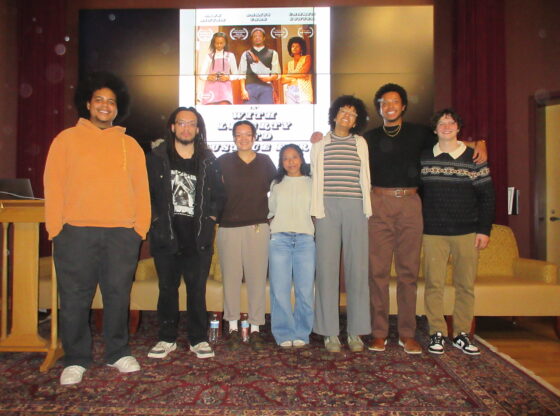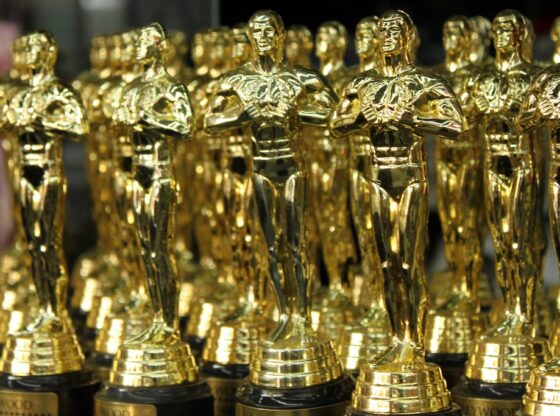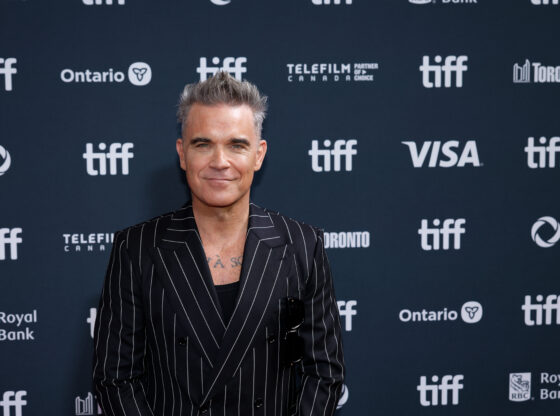Perhaps the most polarizing book of the last decade made its big screen debut on Feb. 13 with the release of “50 Shades of Grey.” The international bestseller has garnered plenty of controversy and praise, and nearly everyone has an opinion about it: soccer moms seem to love it, while anyone with a blog seems to hate it. It’s easy to understand why it’s cooked up so much debate: the book addresses oft-ignored issues of sexually deviant and abusive behavior in a frank and rather titillating way. But how does the film measure up to its literary counterpart?
In short, the film both surpasses and fails its predecessor to varying degrees—or shades, as it were—but ultimately ends up falling flat as a film. To recap for those living in the dark, “50 Shades of Grey” follows naïve college student Anastasia Steele (Dakota Johnson, “Ben and Kate”) as she falls for the mysterious business mogul Christian Grey (Jamie Dornan, “The Fall”). Mousy and meek Anastasia is thrown for a loop when dark and handsome Christian introduces her to the tantalizing world of BDSM (bondage, discipline, sadomasochism). Google the rest.
Under the leadership of acclaimed director Sam Taylor-Johnson (“Nowhere Boy”), the film rounds out the story and characters as much as it can. Johnson gives quirk and humor to the ever-earnest Anastasia, while Dornan offers a troubled and broken depth to the otherwise controlling Christian. The cheesy, eye-rolling language from the novel is mostly replaced with gorgeous cinematography and more intentional dialogue (of course, there are still a handful of unintentionally hilarious bad moments, given the source material). The film also benefits from a perfectly selected playlist of sexy tunes from Beyoncé, Ellie Goulding, Annie Lennox and more.
Because of its nature as a mainstream film, much of the graphic sex that made the book so provocative is minimized and simplified. People just looking for sexy screen time are sure to find it with “50 Shades of Grey,” but in a slightly more tasteful and plot-driven way.
Still, the imbalance of nudity between the two should be noted. Johnson is fully nude several times, while Dornan only shows certain assets. Perhaps this speaks to the imbalance of power in their relationship, or the sexist Hollywood obsession with women’s bodies or to both. In any case, stripping away at least some of the grotesque and grandiose elements of the book, the film better focuses on the complex and problematic relationship between its two leads.
Much of the controversy surrounding “50 Shades of Grey,” both in print and on screen, is driven by what some consider a glorification of an abusive relationship. Anastasia and Christian embark on a unhealthy relationship based on control and power—and, as much as people would like to blame that on the BDSM nature of their sexual encounters, it’s actually rooted much deeper.
The way the film handles this aspect of their relationship fails the book but ultimately better serves the story. In the book, Christian is portrayed as a much more manipulative, controlling character who physically crosses the line with Anastasia. In the film, Christian is more conflicted in his actions and desires, while Anastasia is more at odds with her own sexual awakening than with Christian’s manipulation.
There’s no doubt Christian is dominant in more ways than one, but the relationship—however confusing, detrimental and unhealthy it is to the both of them—is consensual. The film clarifies that their relationship is problematic and that they let their sexual desires cloud what’s good for them. The glorification of this unhealthy relationship comes more from the advertisements, fan reactions and uninformed backlash than from the film itself.
“50 Shades of Grey” isn’t terrible, but it isn’t great. The plot is thin, the pacing is slow and the character development is minimal. In spite of all that, the story undeniably piques the curiosity of everyone who encounters it, thanks to its steamy deviances from cultural norms.
Still, “50 Shades of Grey” should be admired for opening up many important conversations about abuse, power and control in relationships—even if it did all begin as poorly written “Twilight” fan fiction.
“50 Shades of Grey” is now playing in theatres everywhere.











